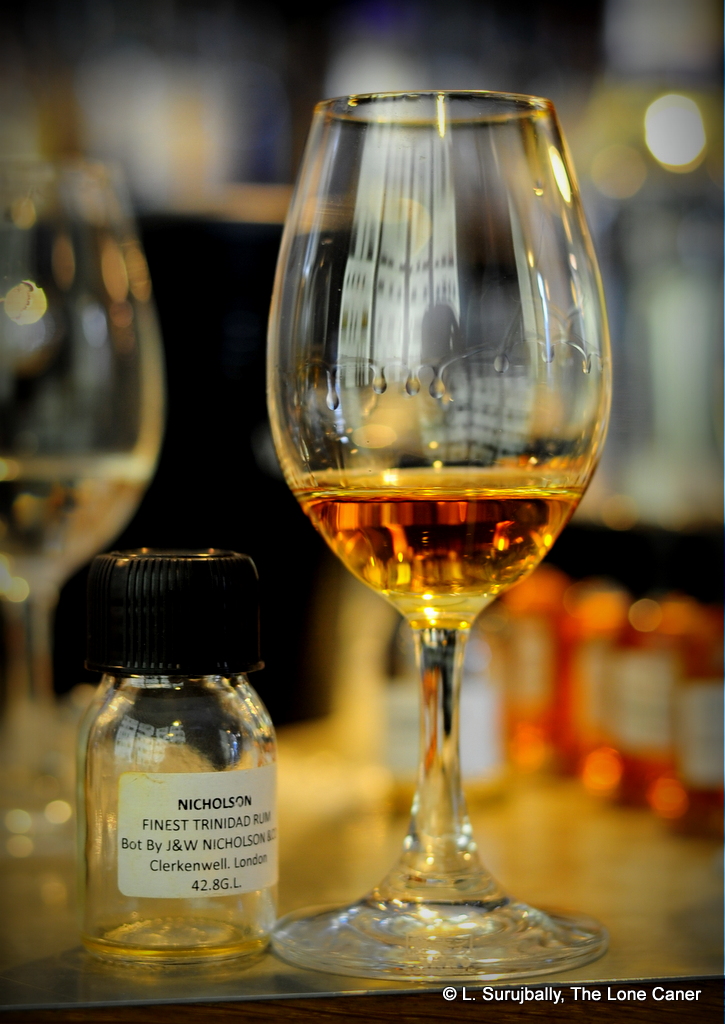Rumaniacs Review R-162 | #1055
Fantasias as a class of rum have pretty much faded from public view, only resurrected periodically in retrospectives like this one – these days spiced rums and spirit liqueurs hog attention and wallets. Yet they were popular, once, mostly in Europe around the 1950s to 1970s. By the eighties the style had started to diminish in popularity and the rise of standards and production regulation at a country- or regional level, as well as the emergence of a “pure” rum culture probably caused is eventual demise…though not it’s complete extinction..
What Fantasia rums were, was an evolution of the “Inlander” or domestic rhums of Germany and eastern Europe, also called verschnitt: Stroh, Tuzemak, Badel Domaci, Maraska and Casino 50° are its inheritors. Originally it was cheap or neutral alcohol – often from beets – that was then added to: sometimes that addition was high ester Jamaican rums like DOKs, at others it was herbs and spices or infusions that gave it a local touch. It was always meant to be a sort of digestif, and this was why many of them were noted as being liqueurs. Italy was famed for them and indeed the first ones I ever found were from there, made by companies like Antoniazzi, Pagliarini, Tocini and Masera, who almost nobody now recalls.
As with those, not much is known about the company that made this one, except that it hails from west-central Portugal south of Porto; it was a wine wholesesaler and importer that also dealt in brandies and sparkling wines, and the “manufacture of prepared and unprepared spirits” (the Portuguese term is Aguardentes preparadas / não preparadas – fabricantes for those who want to try a better translation than my evidently wobbly one here). As far as I can tell, the company, which had a history dating back to the post-war years, eventually filed for insolvency in 2012 and was completely liquidated in 2023.
Nose – No surprise: wispy and faint, and quite thin. Apricots and cherries in syrup, Ripe peaches and the tartness of unripe fleshy fruits. Cherry syrup and myrtle, rosemary. White wine, green grapes, toffee and some vanilla. A touch of apple cider and lemon pie.
Palate – Sweet, but with an edge. Ripe apples and riper mangoes, plus those cherries in syrup again, which if I recall those first Italian fantasias from the 1950s I tried so many years ago, was something of a characteristic for them too. A nice hint of brine, olives and hot black tea; vanilla zest and some ice cream is about all.
Finish – Sweet, light, bland; vanilla and light pears, a touch of salt.
Thoughts – Such a mixed bag of various tastes and aromas, that it comes out as indeterminate, and the additions are clear: no barrel ever imparted flavours such as these, although there is a tinge of “ruminess” coiling about the whole thing, so it’s not completely bad. Still, even at 40%, discerning a real profile is an effort in concentration: at end, what we conclude is that it really is mostly like flavoured rum-like ethanol and sugar water, without enough of a body or character to make a coherent statement for today’s rum enthusiasts. We buy it more for history and curiosity, not for sharing or showing off.
(75/100) ⭐⭐½
Other notes
- The term “corado artificialmente” on the label means “artificially coloured”
- The rhum was bought at auction – the 1970s era dates from the listing – and shared with me by ex-rumista, wrestling enthusiast and good friend, Nicolai, so thanks to the man for the assist.
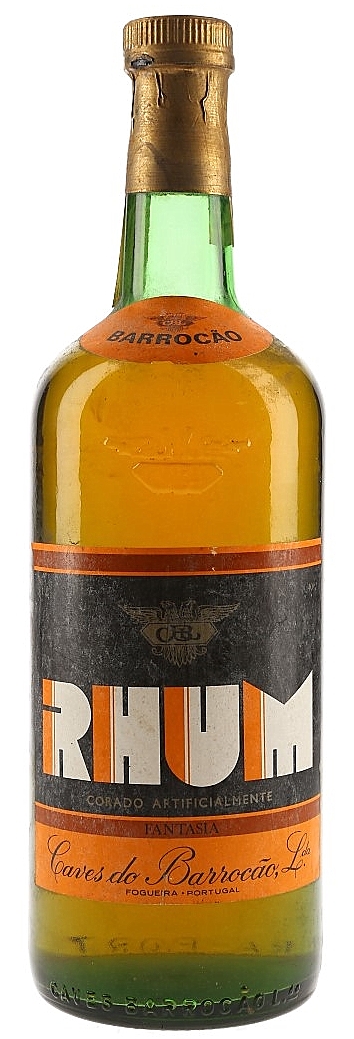
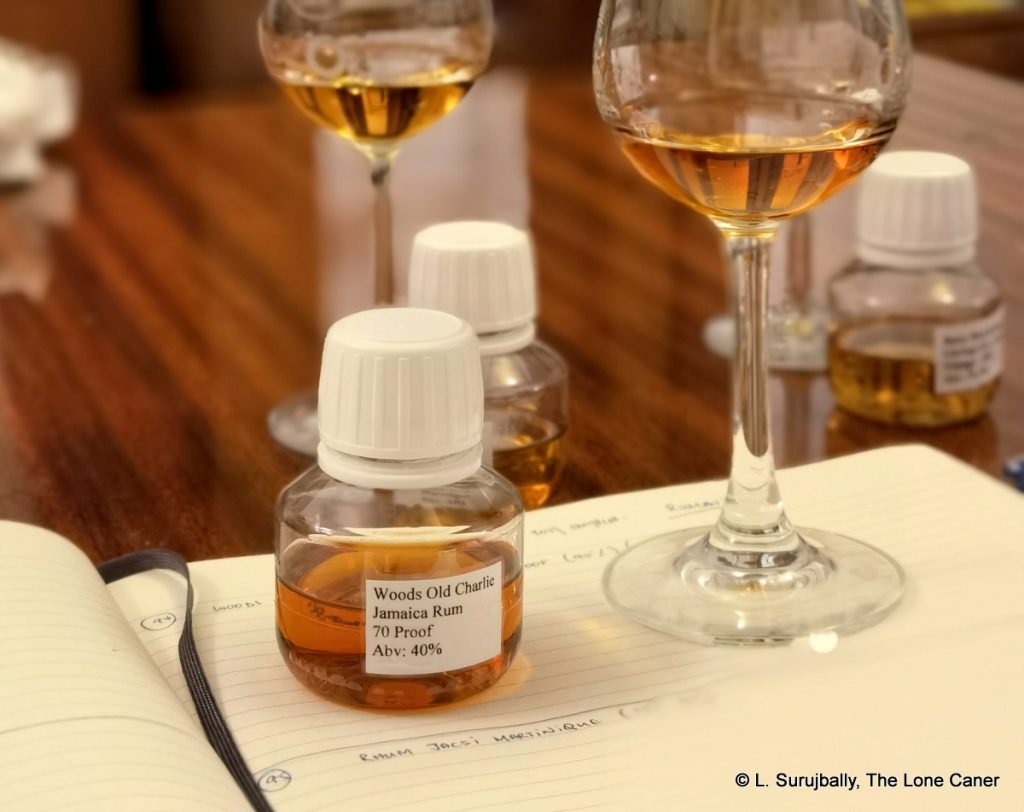
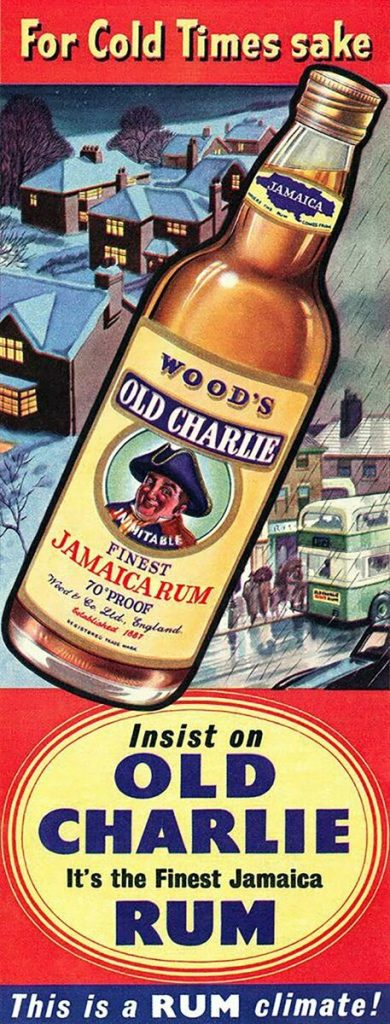
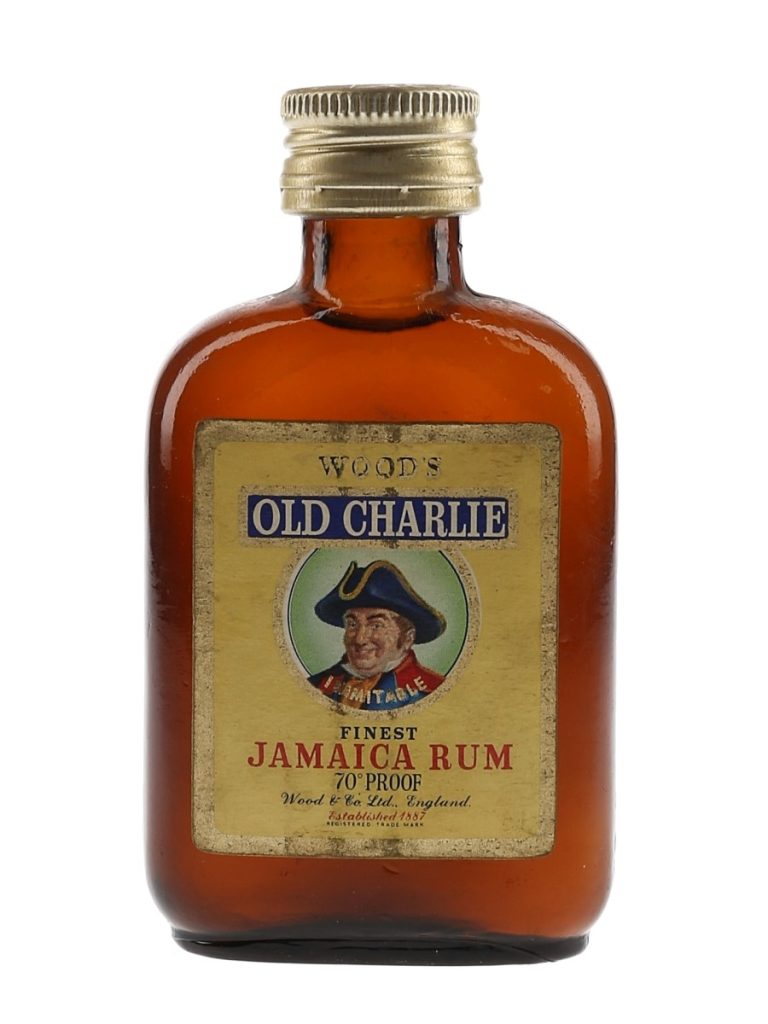
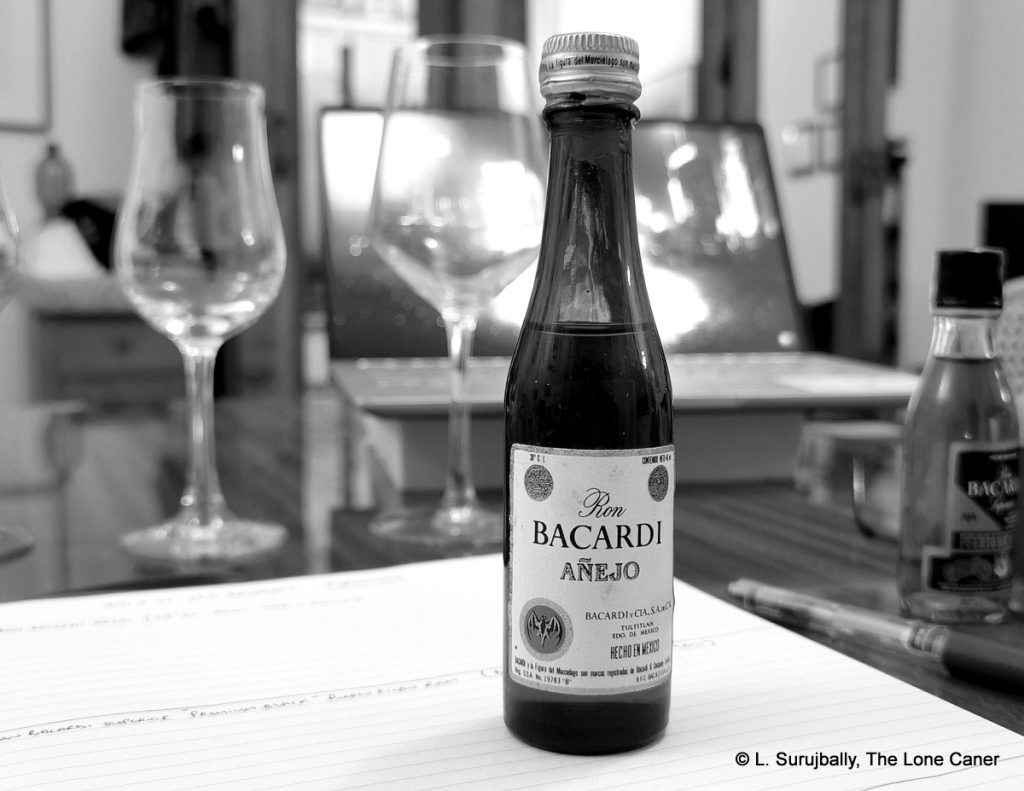
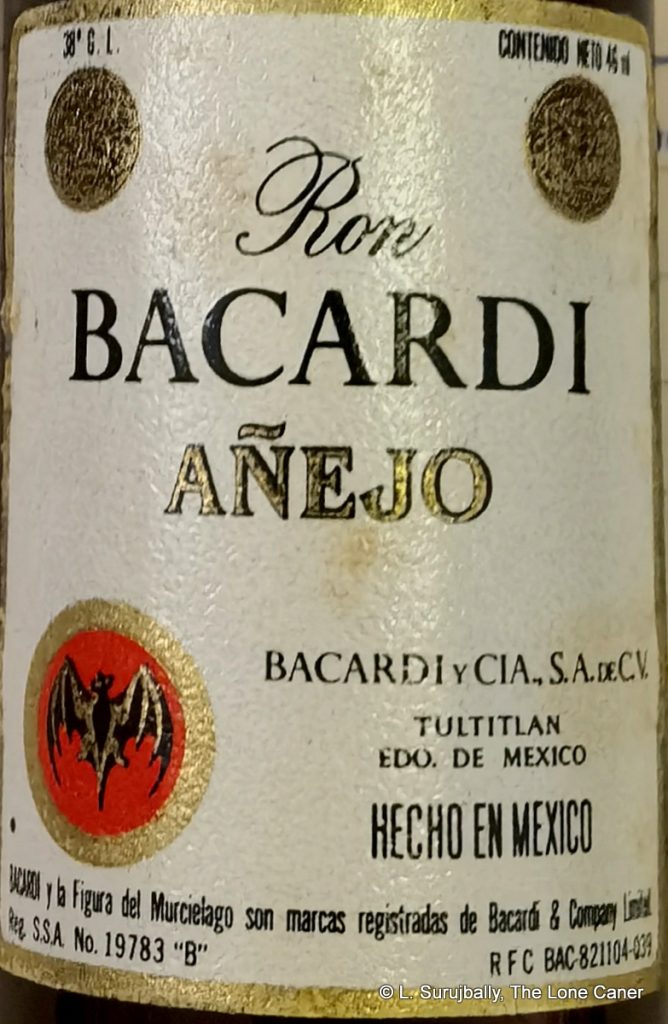
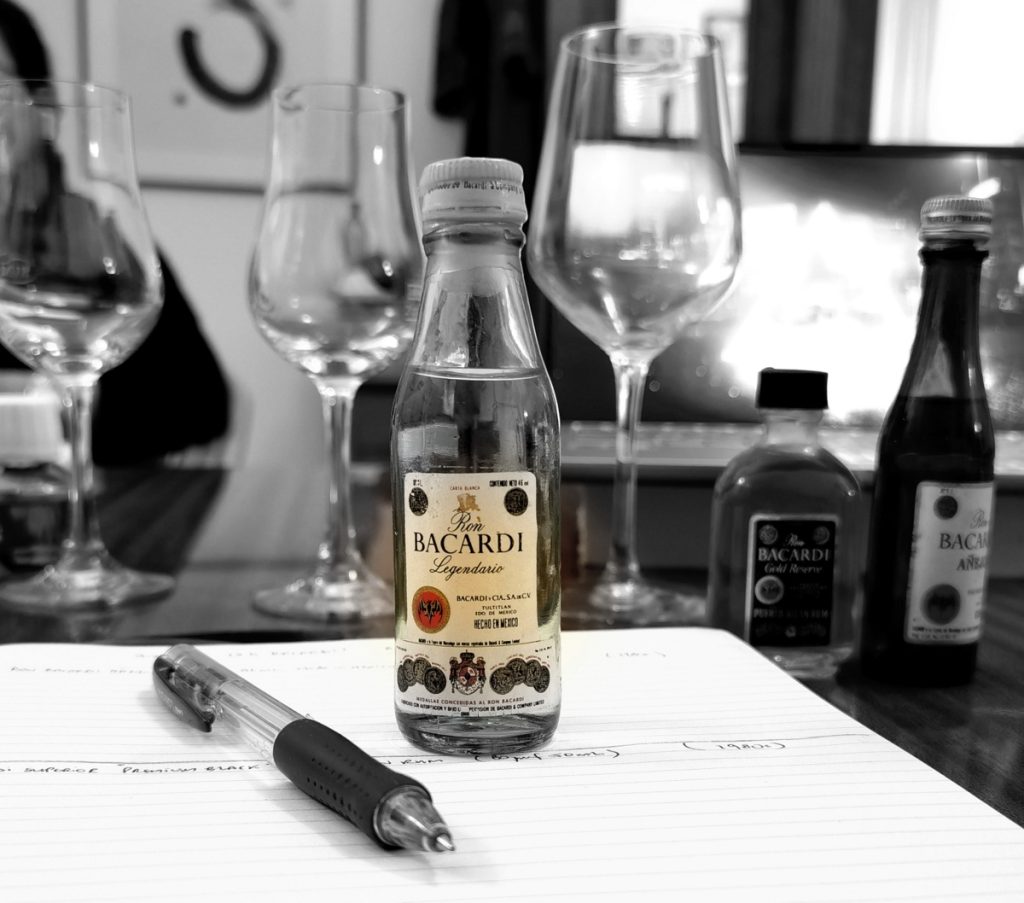
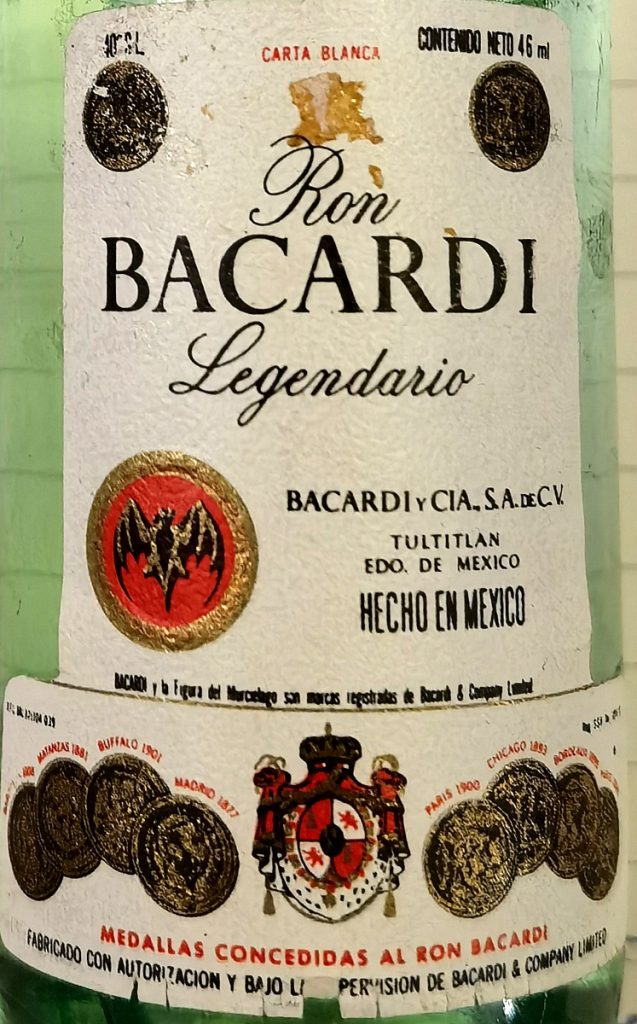
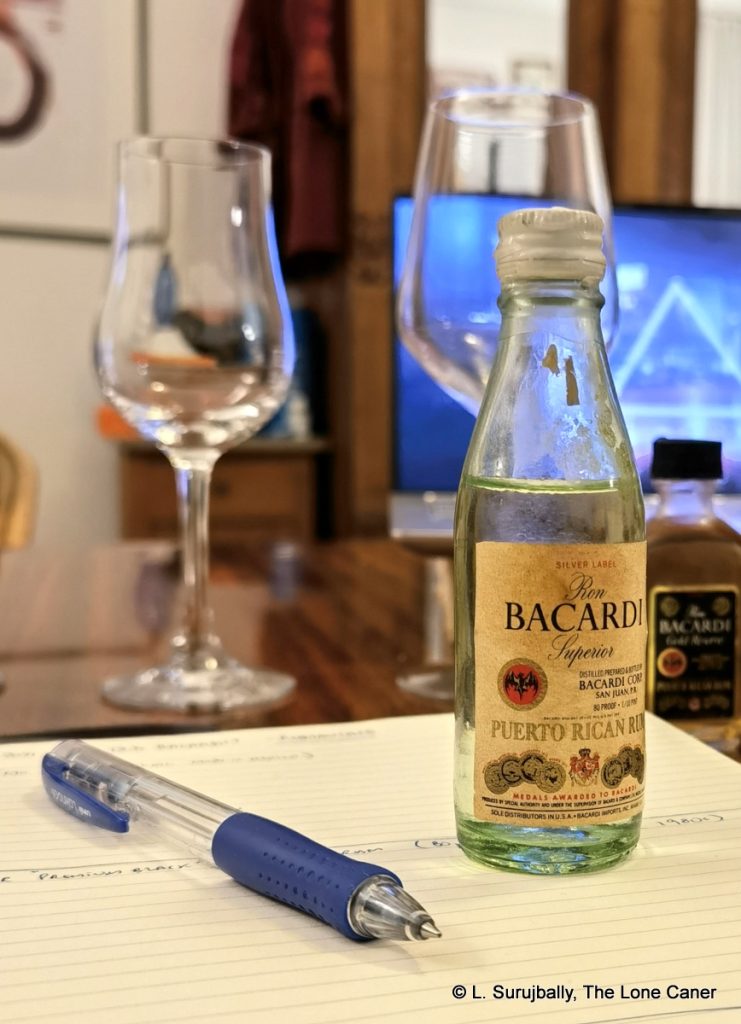
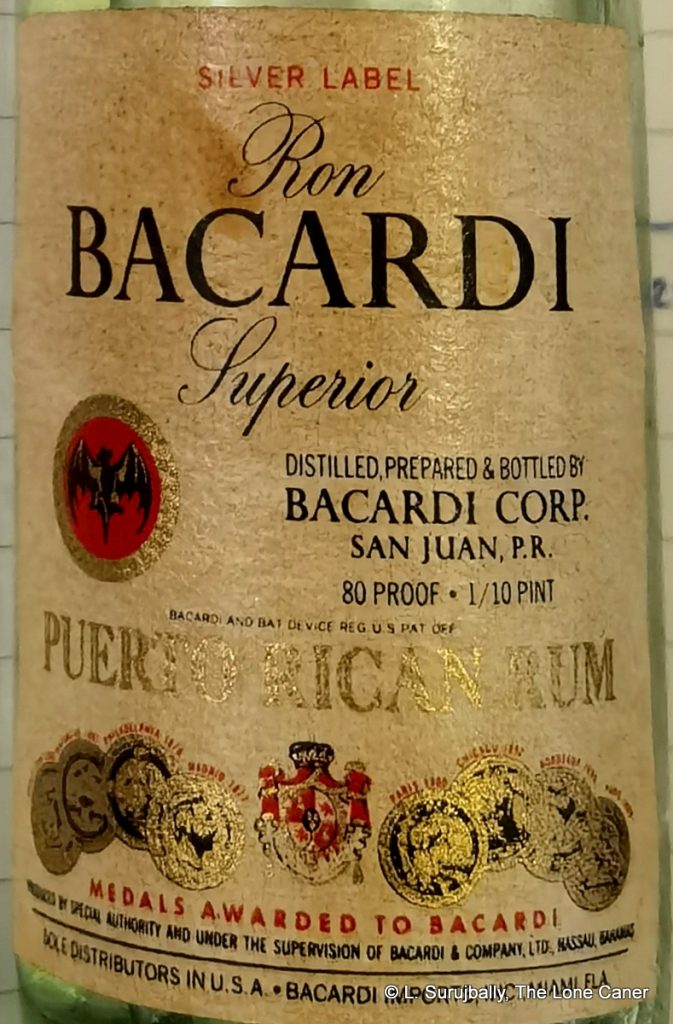
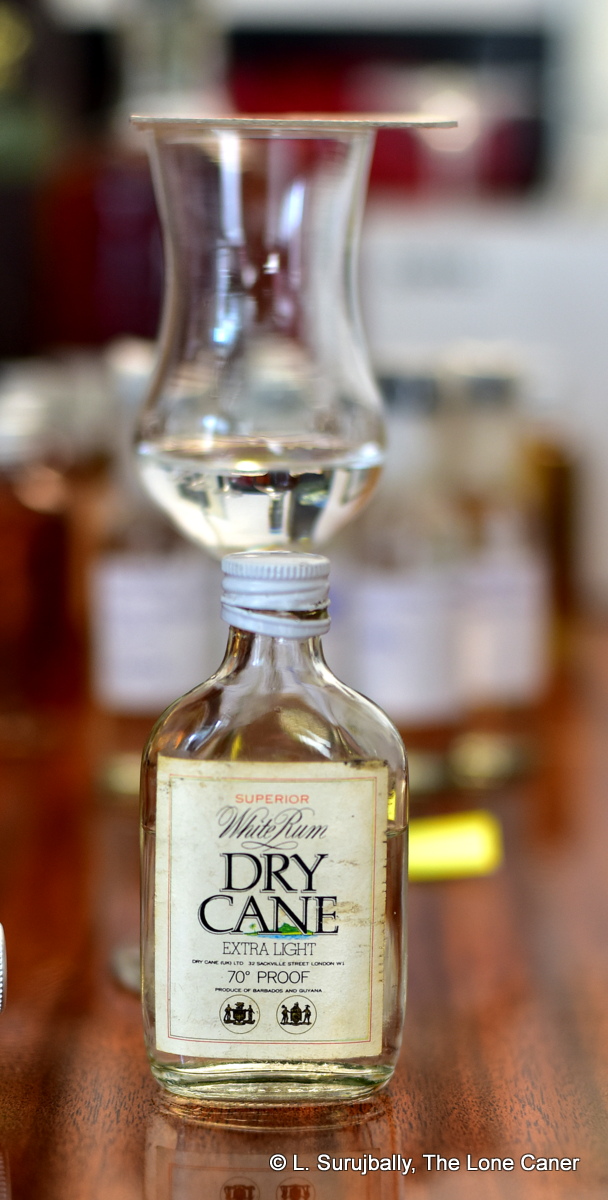
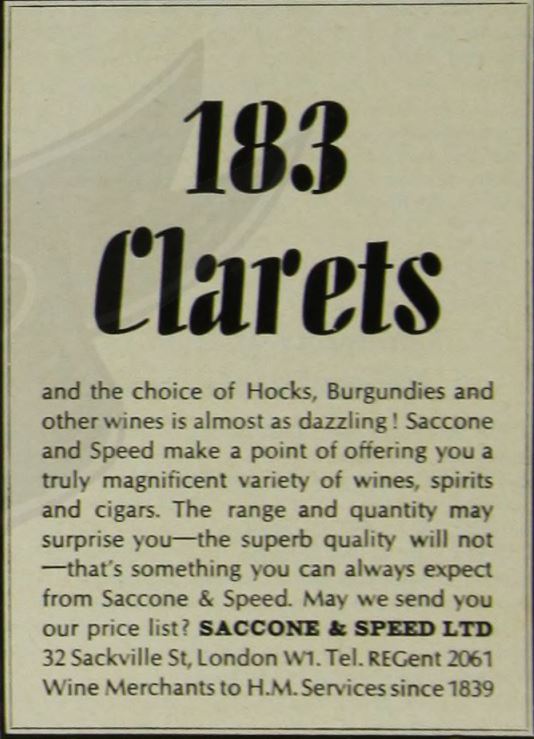 My inference is therefore that Dry Cane was a financing vehicle or shell company or wholly owned subsidiary set up for a short time to limit the exposure of the parent company (or Kinloch), as it dabbled in being an independent bottler — and just as quickly retreated, for no further products were ever made so far as I can tell. But since S&S also acquired a Gibraltar drinks franchise in 1968 and gained the concession to operate a duty free shop at Gibraltar airport in 1973, I suspect this was the rationale behind creating the rums in the first place, through the reason for its cessation is unknown. Certainly by the time S&S moved out of Sackville Street in the 1980s and to Gibraltar (where they remain to this day as part of a large conglomerate), the rum was no longer on sale.
My inference is therefore that Dry Cane was a financing vehicle or shell company or wholly owned subsidiary set up for a short time to limit the exposure of the parent company (or Kinloch), as it dabbled in being an independent bottler — and just as quickly retreated, for no further products were ever made so far as I can tell. But since S&S also acquired a Gibraltar drinks franchise in 1968 and gained the concession to operate a duty free shop at Gibraltar airport in 1973, I suspect this was the rationale behind creating the rums in the first place, through the reason for its cessation is unknown. Certainly by the time S&S moved out of Sackville Street in the 1980s and to Gibraltar (where they remain to this day as part of a large conglomerate), the rum was no longer on sale.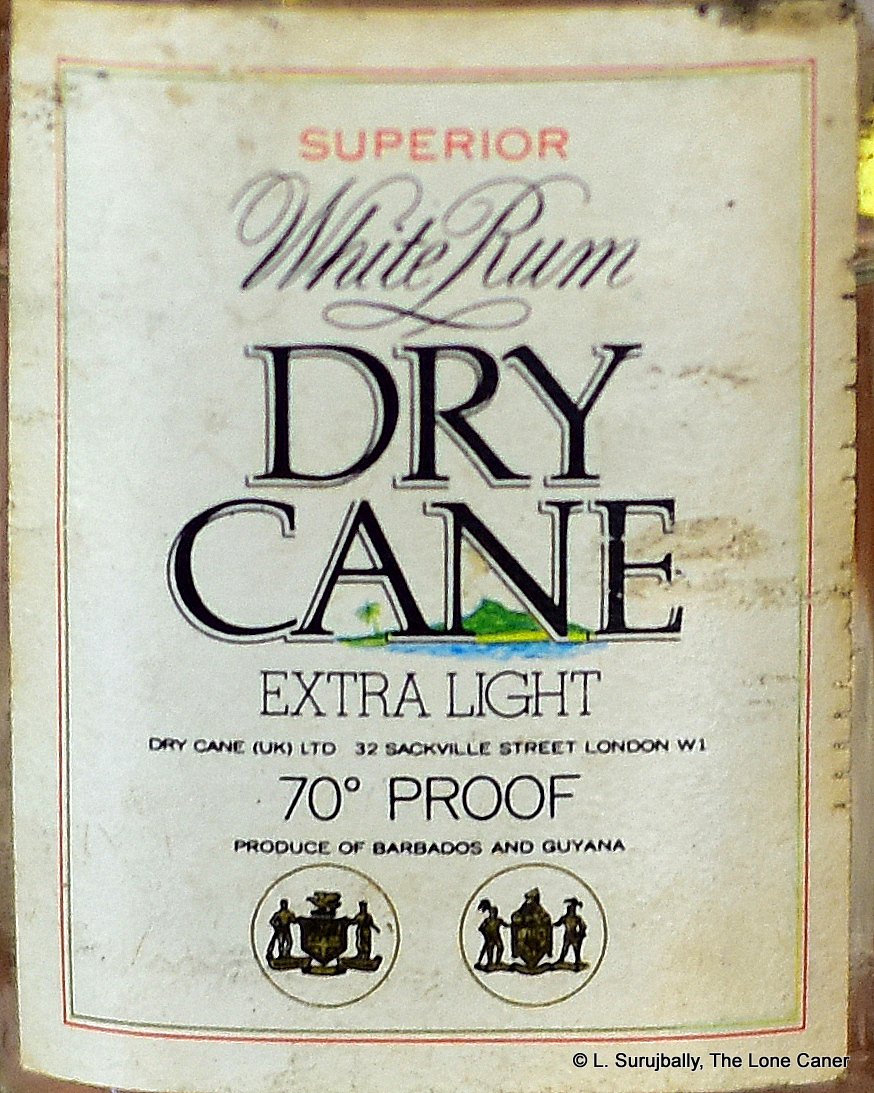 Palate – Light and inoffensive, completely bland. Pears, sugar water, some mint. You can taste a smidgen of alcohol behind all that, it’s just that there’s nothing really serious backing it up or going on.
Palate – Light and inoffensive, completely bland. Pears, sugar water, some mint. You can taste a smidgen of alcohol behind all that, it’s just that there’s nothing really serious backing it up or going on. 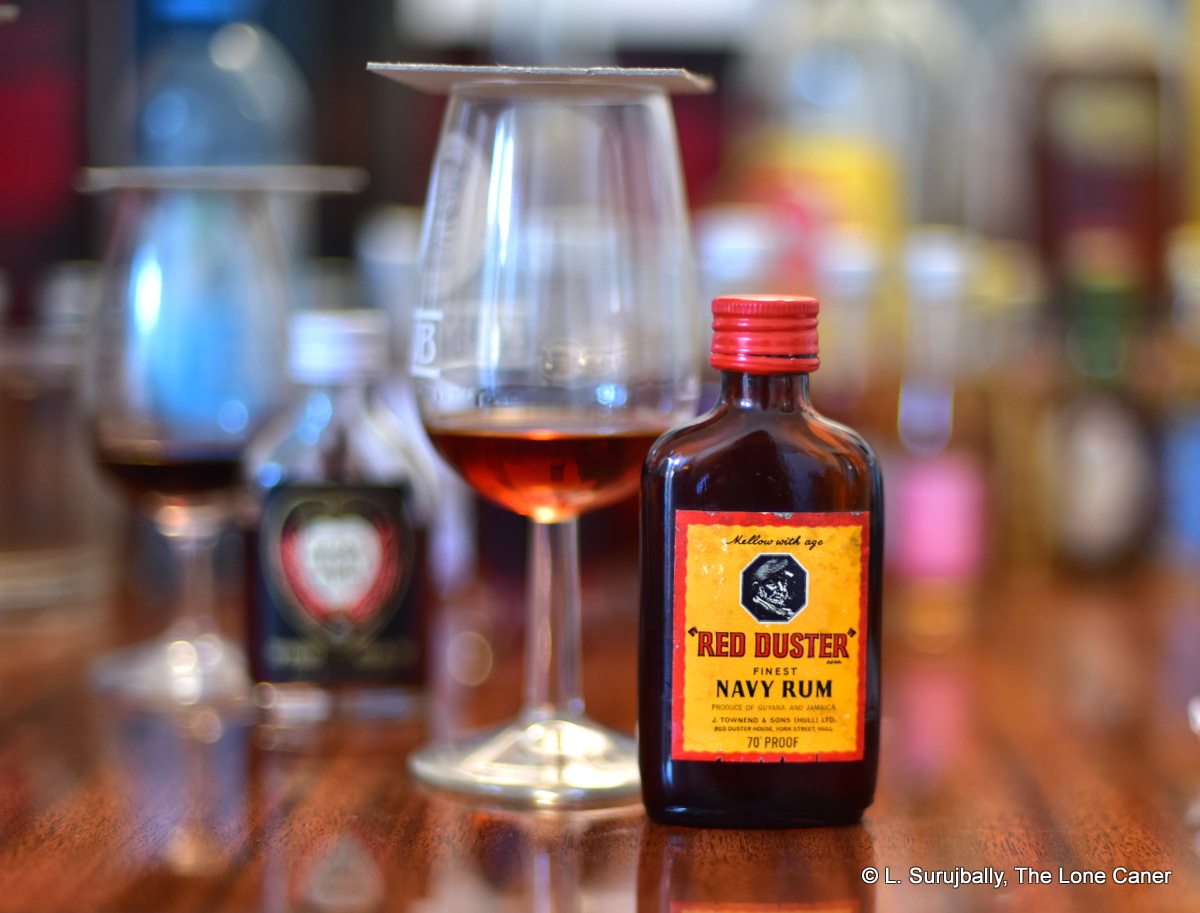

 Palate – Even if they didn’t say so on the label, I’d say this is almost completely Guyanese just because of the way all the standard wooden-still tastes are so forcefully put on show – if there
Palate – Even if they didn’t say so on the label, I’d say this is almost completely Guyanese just because of the way all the standard wooden-still tastes are so forcefully put on show – if there 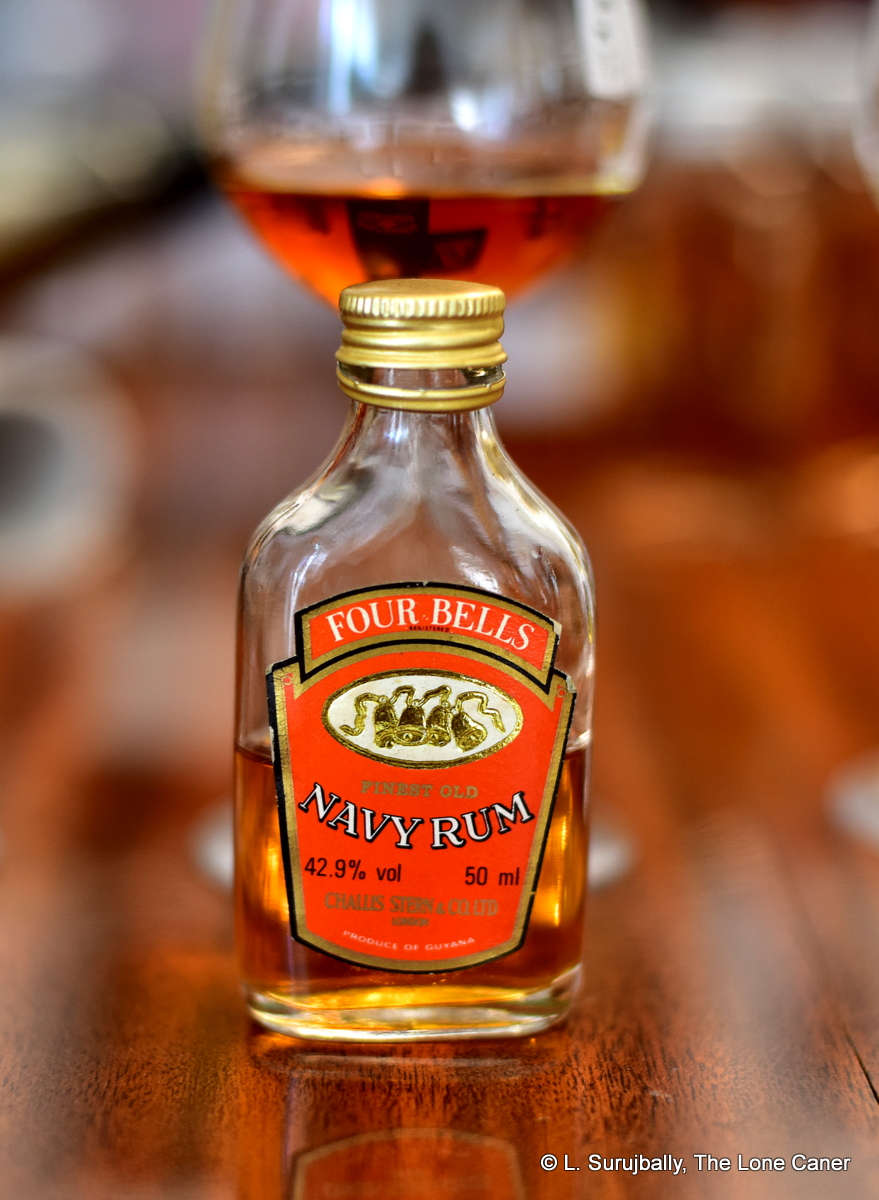
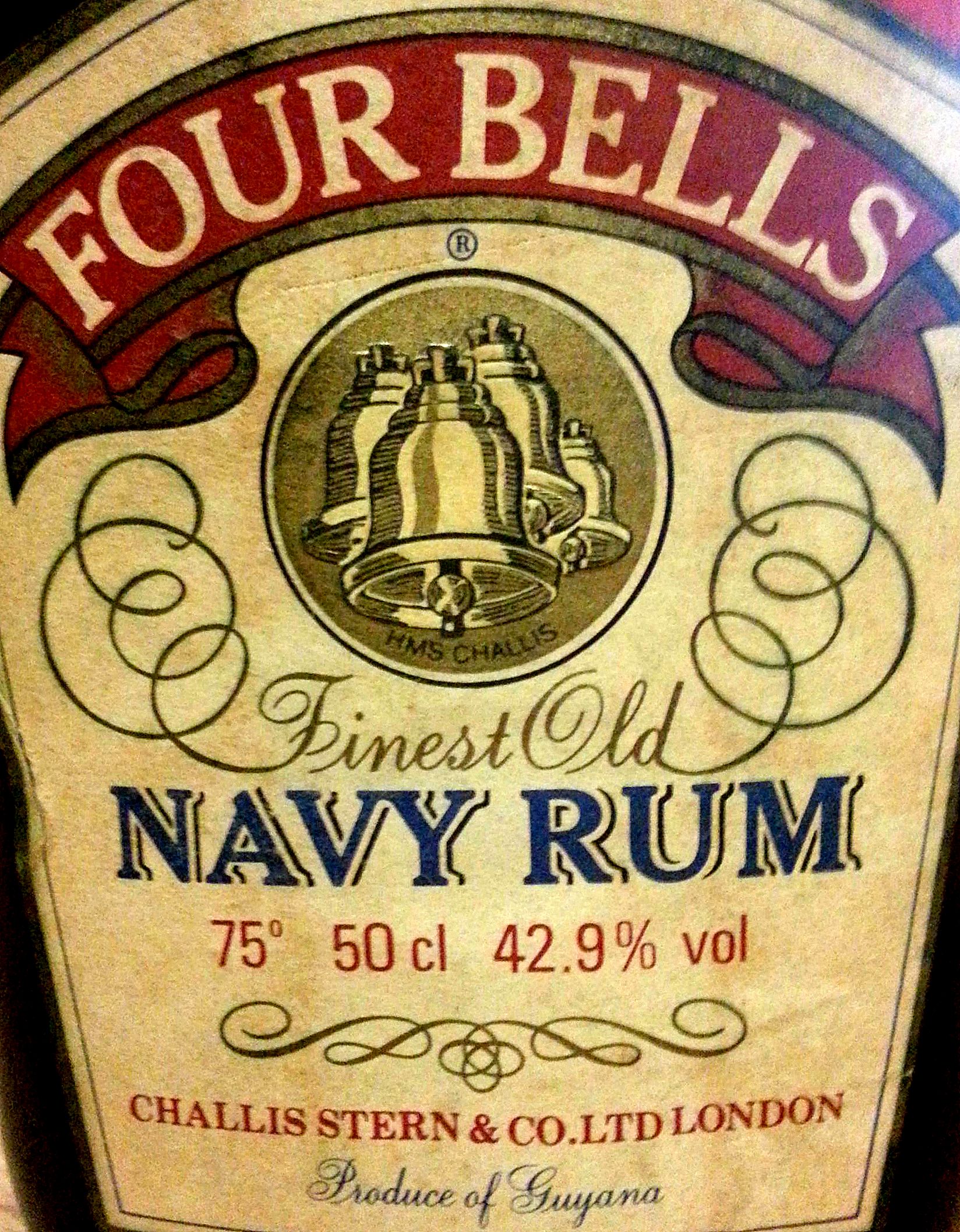
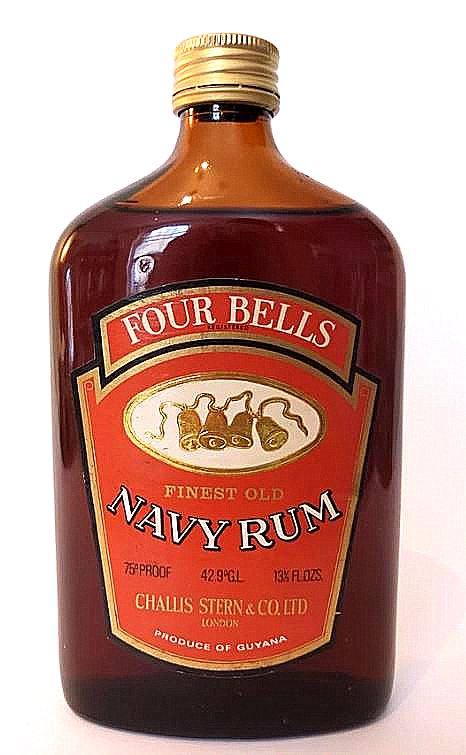
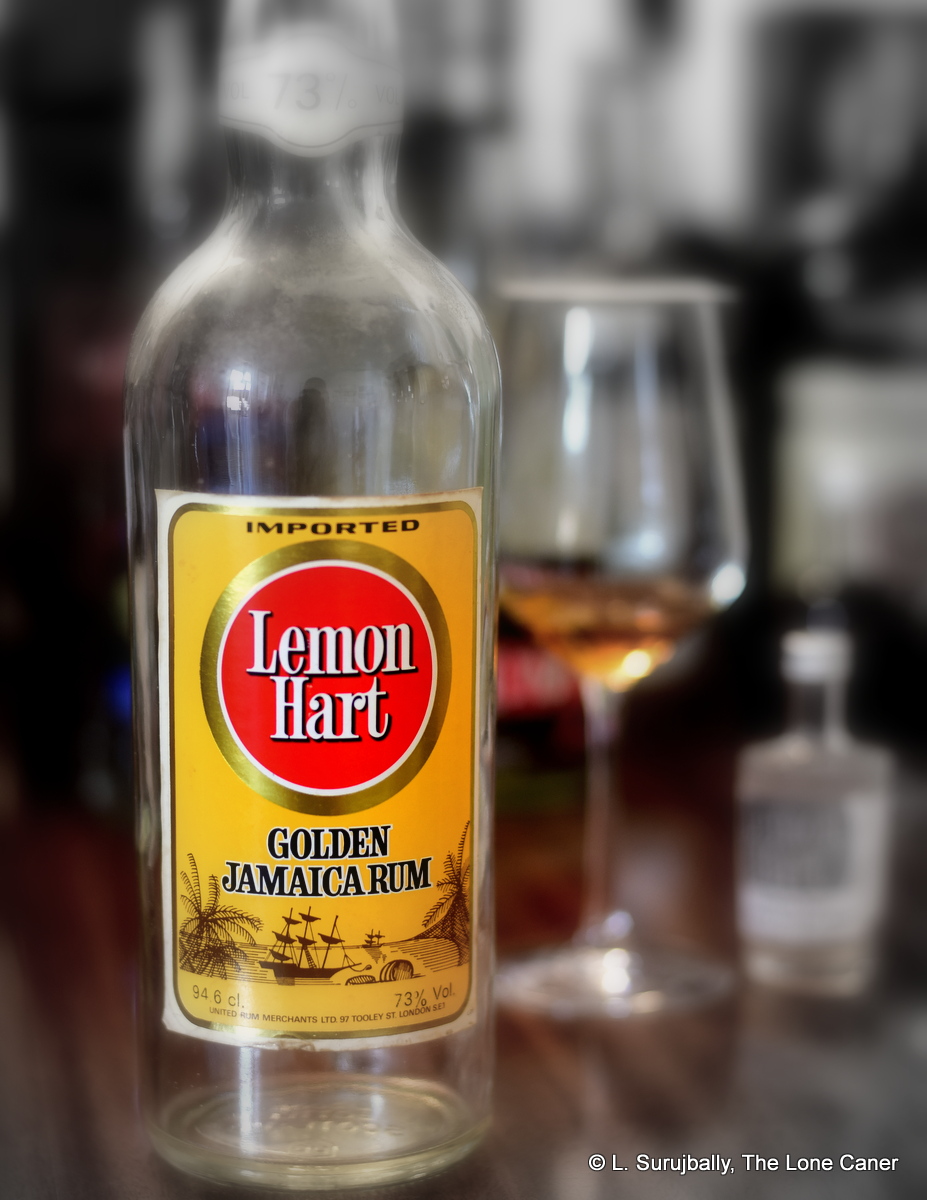 Rumaniacs Review #107 | R-0688
Rumaniacs Review #107 | R-0688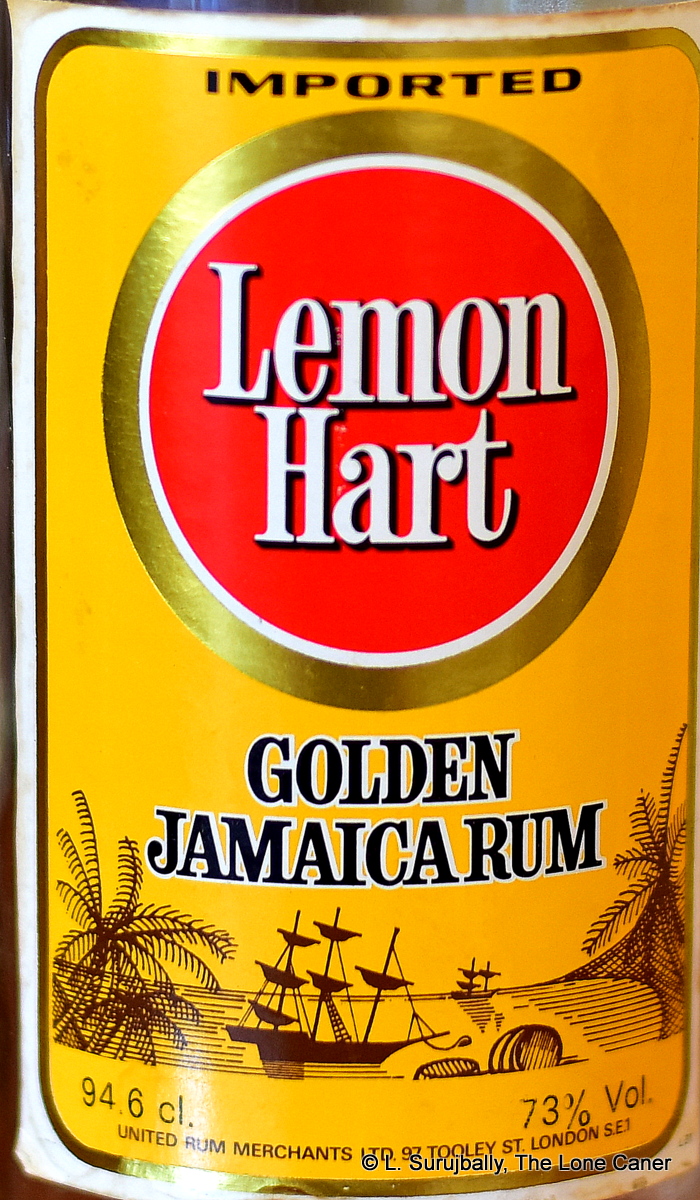 Palate – Waiting for this to open up is definitely the way to go, because with some patience, the bags of funk, soda pop, nail polish, red and yellow overripe fruits, grapes and raisins just become a taste avalanche across the tongue. It’s a very solid series of tastes, firm but not sharp unless you gulp it (not recommended) and once you get used to it, it settles down well to just providing every smidgen of taste of which it is capable.
Palate – Waiting for this to open up is definitely the way to go, because with some patience, the bags of funk, soda pop, nail polish, red and yellow overripe fruits, grapes and raisins just become a taste avalanche across the tongue. It’s a very solid series of tastes, firm but not sharp unless you gulp it (not recommended) and once you get used to it, it settles down well to just providing every smidgen of taste of which it is capable.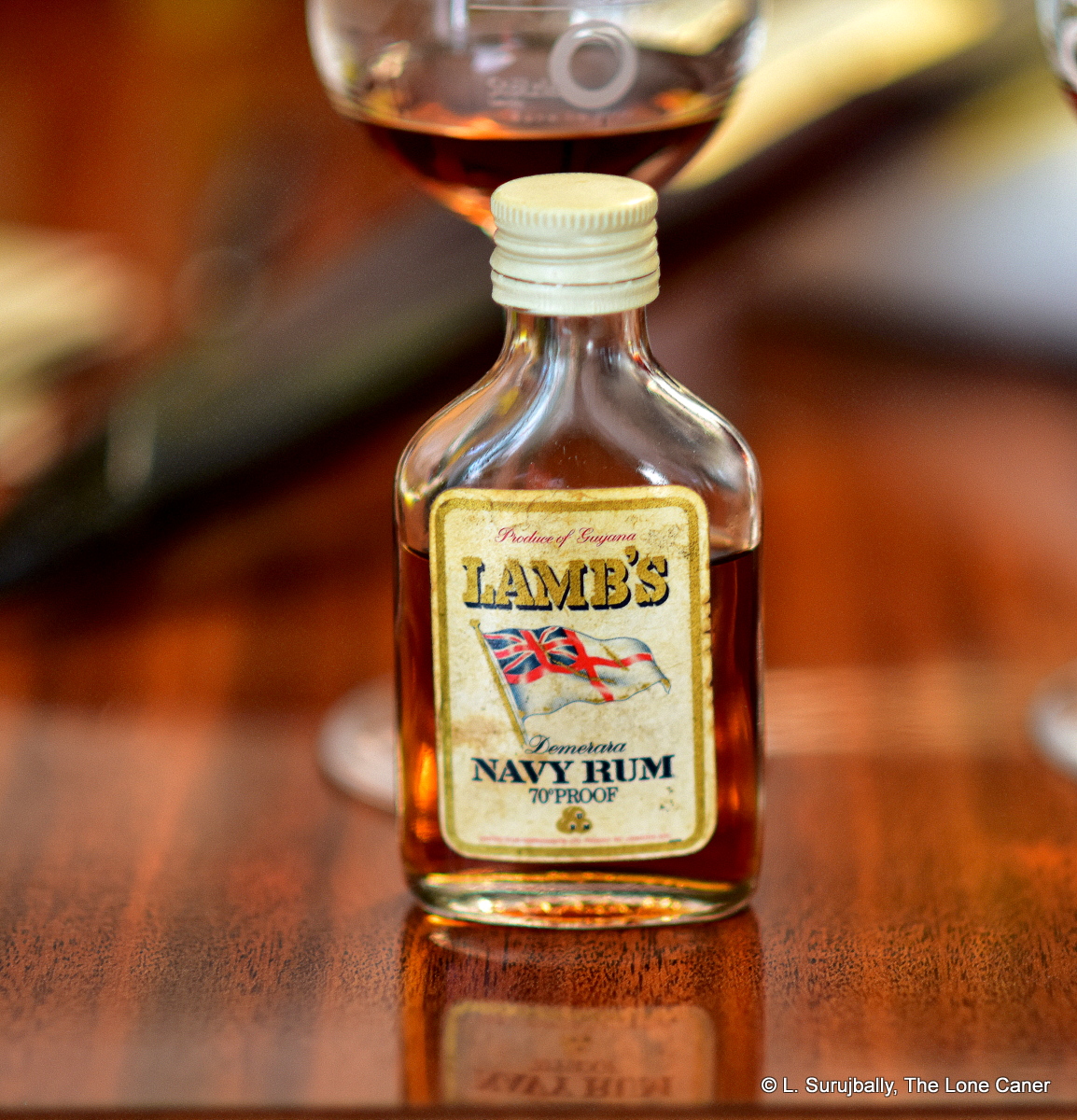
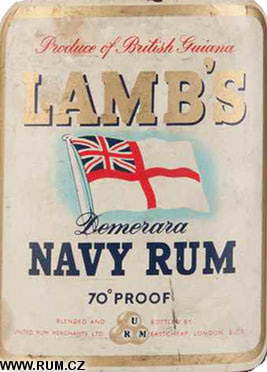 This bottle likely comes from the late 1970s: there is an earlier version noted as being from “British Guiana” that must have dated from the 1960s (Guyana gained independence in 1966) and by 1980 the UK largely ceased using degrees proof as a unit of alcoholic measure; and United Rum Merchants was taken over in 1984, which sets an absolute upper limit on its provenance (the URM is represented by the three barrels signifying Portal Dingwall & Norris, Whyte-Keeling and Alfred Lamb who merged in 1948 to form the company). Note also the “Product of Guyana” – the original blend of 18 different rums from Barbados, Guyana, Jamaica and Trinidad pioneered by Alfred Lamb, seems to have been reduced to Guyana only for the purpose of releasing this one.
This bottle likely comes from the late 1970s: there is an earlier version noted as being from “British Guiana” that must have dated from the 1960s (Guyana gained independence in 1966) and by 1980 the UK largely ceased using degrees proof as a unit of alcoholic measure; and United Rum Merchants was taken over in 1984, which sets an absolute upper limit on its provenance (the URM is represented by the three barrels signifying Portal Dingwall & Norris, Whyte-Keeling and Alfred Lamb who merged in 1948 to form the company). Note also the “Product of Guyana” – the original blend of 18 different rums from Barbados, Guyana, Jamaica and Trinidad pioneered by Alfred Lamb, seems to have been reduced to Guyana only for the purpose of releasing this one.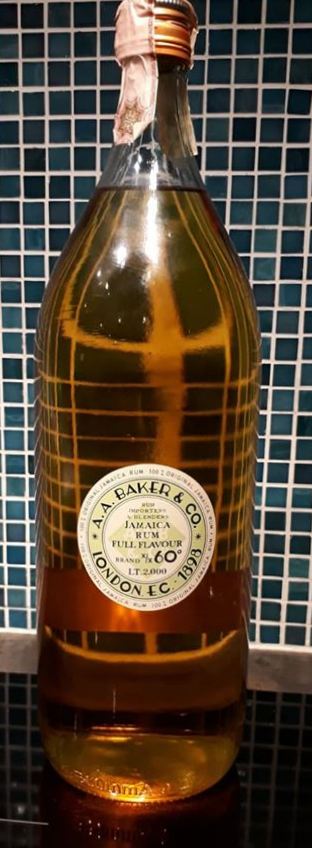
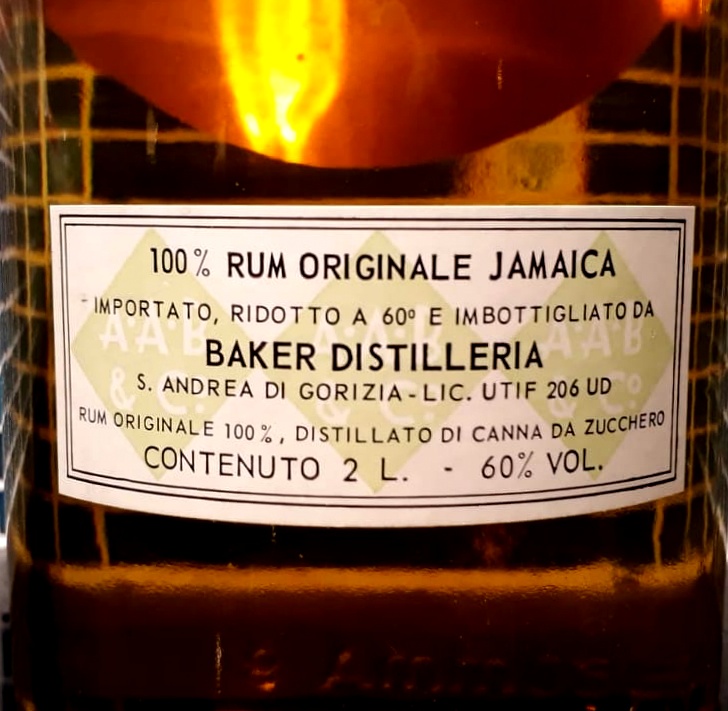

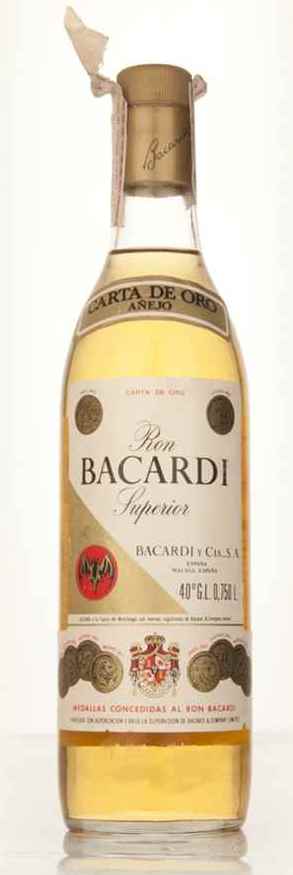 Rumaniacs Review 022 | 0422
Rumaniacs Review 022 | 0422

